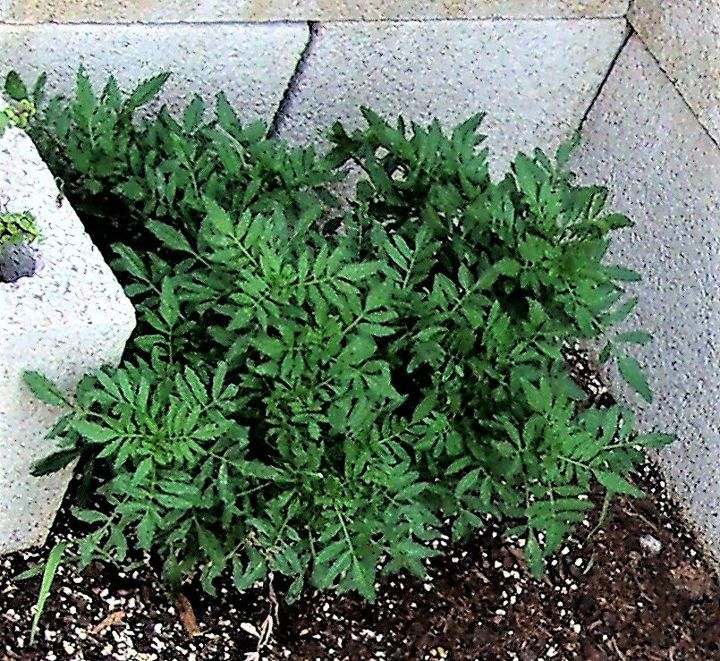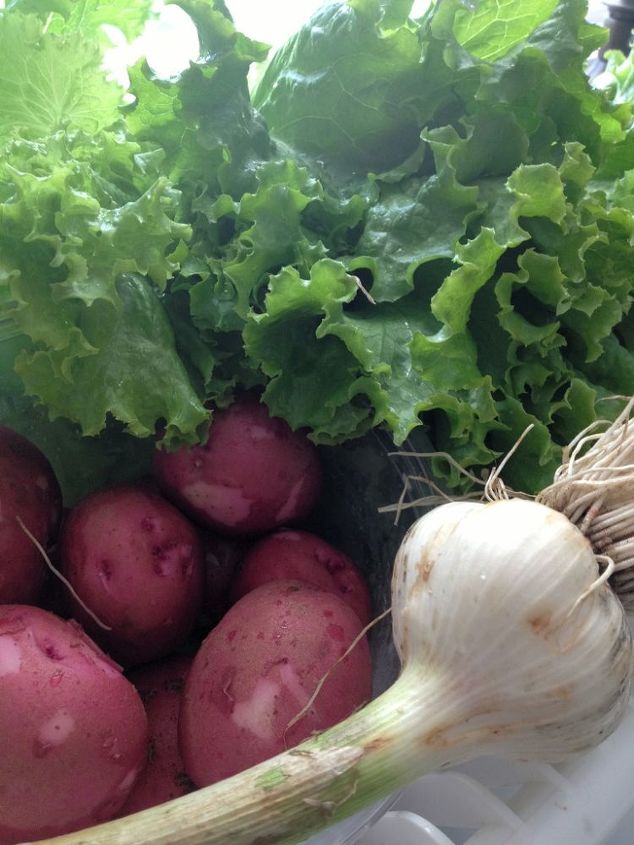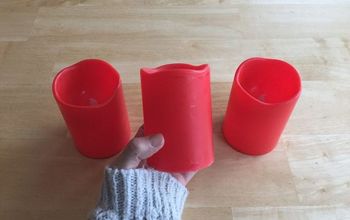How can I rid my asparagus patch from quack grass?

Related Discussions
GNATS - How to get rid of them?
Somehow my house and garden got tiny gnats that killed my fuchsia plant and fly everywhere. I have tried ALL the Web recommendations - soap and oil dishes, sand in th... See more
Marigolds growing! Should I pinch the buds?
My marigold plants are growing. I heard that pinching the buds until Autumn will allow them to grow without killing the plant. Is this true?
Growing garlic
Growing our first garlic, should we wait until the leaves are drying out before we pick it? Husband picked first one today along with our first potatoes.
How to keep mice out of your garden?
Hi everyone, I have mice in my garden destroying my vegetables and I have also noticed them in the barn and shed. Please can someone tell me how to prevent them from ... See more
What's the best flower/plant to grow in Texas?
I know that opinions vary, but what's your opinion?!I have great luck w Rosemary plants. Green all year long.
How can I get rid of snails in my strawberry patch?
The snails eat my strawberries. I pick them off, I put out sauces of salt, I use insect dust. They are still here.
How can I stop the grass and weeds from taking over my concrete patio?
My concrete patio in the backyard has grass and weeds growing through the gaps and holes and is spreading aggressively. Any suggestions on how to stop this? I have ... See more



As with any invasive weed, the best way to control quackgrass is to make sure that you do not have it in the first place. Any plants that you bring home from stores or nurseries must be carefully checked for quackgrass and remove the quackgrass plant and roots completely if you find it in the pot.
Another essential part of getting rid of quackgrass is to act quickly when you do find it in your garden. Quackgrass moves quickly through any soil, but moves like lightening through loamy or sandy soil. Check your beds often for the appearance of this weed. If quackgrass is found, remove the quackgrass plant and roots as best as possible. Any roots left in the ground will grow new plants. Check the area daily for any new growth and remove any new quackgrass found as soon as possible.
If your flower beds have become overrun with quackgrass, manual pulling is really your only option for getting rid of quackgrass. Unfortunately, killing quackgrass is not as easy as simply spraying an herbicide. They do not respond to selective weed killers and your only chemical option for eliminating quackgrass is to use a non-selective weed killer. These weed killers will get rid of the quackgrass, but will also kill any plants the quack grass is growing near.
If a bed becomes badly infested with quackgrass, you may need to replant the bed.
Wait one more week, and if quackgrass is starting to grow again, repeat the above steps again.
While this may seem a bit extreme in order to control quackgrass, this is the only way to ensure that you have eliminated this stubborn weed.
As with any invasive weed, the best way to control quackgrass is to make sure that you do not have it in the first place. Any plants that you bring home from stores or nurseries must be carefully checked for quackgrass and remove the quackgrass plant and roots completely if you find it in the pot.
Another essential part of getting rid of quackgrass is to act quickly when you do find it in your garden. Quackgrass moves quickly through any soil, but moves like lightening through loamy or sandy soil. Check your beds often for the appearance of this weed. If quackgrass is found, remove the quackgrass plant and roots as best as possible. Any roots left in the ground will grow new plants. Check the area daily for any new growth and remove any new quackgrass found as soon as possible.
If your flower beds have become overrun with quackgrass, manual pulling is really your only option for getting rid of quackgrass. Unfortunately, killing quackgrass is not as easy as simply spraying an herbicide. They do not respond to selective weed killers and your only chemical option for eliminating quackgrass is to use a non-selective weed killer. These weed killers will get rid of the quackgrass, but will also kill any plants the quack grass is growing near.
If a bed becomes badly infested with quackgrass, you may need to replant the bed.
Wait one more week, and if quackgrass is starting to grow again, repeat the above steps again.
While this may seem a bit extreme in order to control quackgrass, this is the only way to ensure that you have eliminated this stubborn weed.
A friend of mine had a small patch of prickly pear in his yard that was part of his landscape. It was full of weeds that he wanted to get rid of. He erected a small temporary fence around it and threw some ducks in for a few days. They ate every bit of the weeds but of course they didn't care for the prickly pear. Problem solved. Of course if ducks like asparagus, this idea wouldn't work for you.
Grass Beater will kill quack grass (and other grasses) and will not harm plants.
most weeds and weed like growths are best controlled by using a weed puller or trowel and digging them out